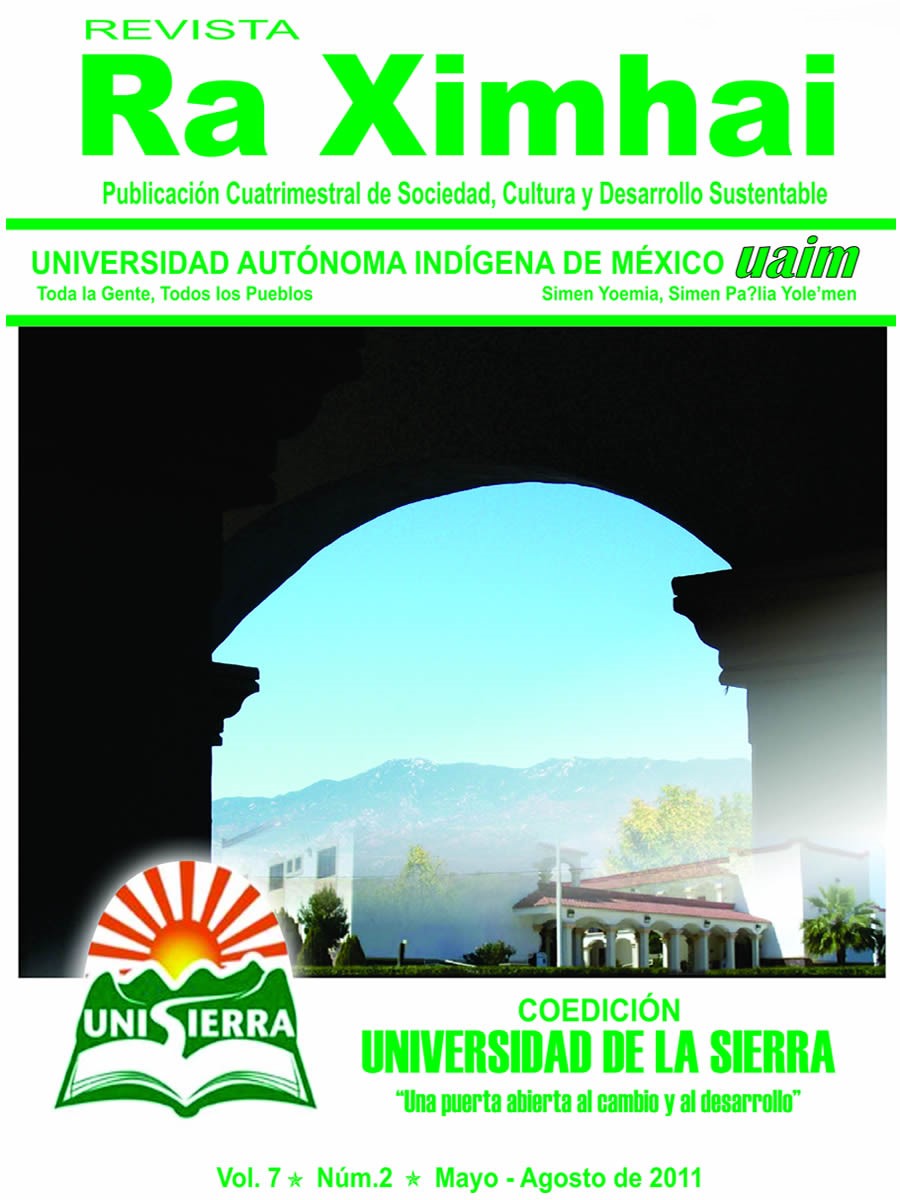The relevance of the Puebla Plan's operating strategy in the context of the partially privatized extension
DOI:
https://doi.org/10.35197/rx.07.02.2011.11.jsKeywords:
Puebla Plan, operation strategy, agricultural development, parcially privatized extensionAbstract
The general objective of the research work is to analyze the experience and relevance of the Puebla Plan from the point of view of the producers of the area under study, based on the elements of the operating strategy promoted by the Plan's technicians, which allowed them to take advantage of these technologies and services to favor agricultural development; it is also interesting to analyze whether these aspects are adequate under current conditions, in which a partially privatized extension is practiced.
The work in question was carried out in two of the five work zones that constituted the initial area of influence of the Puebla Plan, the zones that constitute the study area cover 20 communities in 9 municipalities; a semi-standardized questionnaire was applied to 117 producers participating in the Plan and two semi-directive interviews were carried out: one of them to 12 key informant producers (mainly leaders of producer groups) and another to the five professional service providers (PSP) in charge of serving the producers within the partially privatized extension. Among the most outstanding results, the following stand out: on a scale that includes (Good, Average and Bad), 65% of the participating producers have a Good opinion of the Plan's performance and the rest have a regular opinion of the set of activities that were carried out. The activities are contained in three fundamental aspects of the Plan's operating strategy: technological, institutional and organizational.
In relation to each of the aforementioned aspects, the producers of the area under study and former participants of the Plan had generally favorable opinions on them and stated that the operating strategy is relevant today. The relevance in question is granted based on the poor performance of the PSPs of the partially privatized extension, which operate in the area under study.
Downloads
References
Álvarez, G. J. F. 2006. El desarrollo y la extensión en México: Un estudio teórico de la cuestión y dos estudios de caso en dos regiones del estado de Puebla. Tesis Doctoral. Instituto de Sociología y Estudios Campesinos de la Universidad de Córdoba, España.
Álvarez, G. J. F. 2009. “El desarrollo y la extensión en México: Un estudio teórico de la cuestión y dos estudios de caso en dos regiones del estado de Puebla”. En Parra I. F. y Ocampo, F. I. (coords): Experiencias y aportaciones en la investigación científica y tecnológica para
el desarrollo rural. México: Colegio de Postgraduados y Altres Costa-Amic.
CEICADAR, 1975. Informes anuales de divulgación 1967-1974 Plan Puebla.
CIMMYT. 1974. "El Proyecto Puebla 1967-19- 69: avances de un programa para aumentar rendimientos de maíz entre pequeños productores". México, D.F.
DIARIO OFICIAL DE LA FEDERACIÓN. 2003.
Reglas de operación de la Alianza para el Campo para la reconversión productiva: integración de cadenas agroalimentarias y pesca. México. Secretaría de Agricultura, Ganadería, Desarrollo Rural, Pesca y Alimentación (SAGARPA), 27 de julio de 2003.
Díaz, C. H., Jiménez S. L., Laird, J. R., Turrent,
F. A. (1999): El Plan Puebla, 25 años de Experiencia 1967-1992. Colegio de Postgraduados.
DOF. 2010.
http://dof.gob.mx/nota_detalle_popup.php? codigo=5126621 (consulta Enero de 2010). Escobedo, C. F. 2009. El programa de divulgación en el Plan Puebla (1968- 1986). México: Colegio de Postgraduados
y Altres Costa-Amic.
Hayami Y. y Ruttan, V. W. 1989. Desarrollo agrícola: una perspectiva internacional. México. Fondo de Cultura Económica.
HULME, D. & TURNER, M. 1990. Sociology
and development: Theories, polices and practices. New York . Harvester Wheatsheaf.
Hungler, B. P. (2000). “Diseños de muestreo”.
McGraw-Hill. 6ª ed. México.
Rogers, E. 1989. “Evaluation and transfer of the U.S. extension model” en COMPTON, J. L. (ed): The transformation of international agricultural research and development. Boulder (Colorado). Lyne Reiwies Publishers, pp. 137-152.
Ruiz, G. A. 2001. “Visión del desarrollo rural integral en México”. Ponencia del subsecretario de Agricultura y Desarrollo Rural de la SAGARPA. México, D. F., 16 de abril de 2001.
SAGAR. 1995. El Programa Nacional de Fomento a la Productividad en Zonas de Agricultura y de Transición Campesina. México. Subsecretaría de Desarrollo Rural. SAGARPA. 2003. Evaluación de la Alianza para el Campo 2002: Informe de evaluación nacional. México.
Subsecretaría de Desarrollo Rural.
Sánchez O. J. 2009. El Plan Puebla: Una Visión de los Actores Locales sobre la Tecnología Generada y sus Efectos en el Nivel de Desarrollo de los Participantes. Ponencia presentada en el evento del Campus Puebla., 02 de Diciembre de 2009.
Schejtman, A. y Berdegue, J. 2003. Desarrollo territorial rural. Santiago de Chile: RIMISP.
Sevilla, G. E. 2001. “Agroecología y desarrollo rural sustentable: Una propuesta desde Latinoamérica” en Notas del Curso de Doctorado en Agroecología, Sociología y Desarrollo Rural Sostenible de la Universidad de Córdoba. (Mimeo).
Steel, R. y J. Torrie. (1988). Bioestadística: principios y procedimientos. 2da edición. México: McGrawHill.
Taberner, G. J. 2002. Sociología y educación.
TECNOS. Madrid.
Downloads
Published
How to Cite
Issue
Section
License
Copyright (c) 2011 Josset Sánchez-Olarte, Felipe Alvarez Gaxiola, Miguel Sánchez Hernandez, Fernando Ramos Manzo, Luis Daniel Ortega Martínez

This work is licensed under a Creative Commons Attribution-NonCommercial 4.0 International License.
Usted es libre de:
- Compartir — copiar y redistribuir el material en cualquier medio o formato
- Adaptar — remezclar, transformar y construir a partir del material
- La licenciante no puede revocar estas libertades en tanto usted siga los términos de la licencia
Bajo los siguientes términos:
- Atribución — Usted debe dar crédito de manera adecuada , brindar un enlace a la licencia, e indicar si se han realizado cambios . Puede hacerlo en cualquier forma razonable, pero no de forma tal que sugiera que usted o su uso tienen el apoyo de la licenciante.
- NoComercial — Usted no puede hacer uso del material con propósitos comerciales .
- No hay restricciones adicionales — No puede aplicar términos legales ni medidas tecnológicas que restrinjan legalmente a otras a hacer cualquier uso permitido por la licencia.








